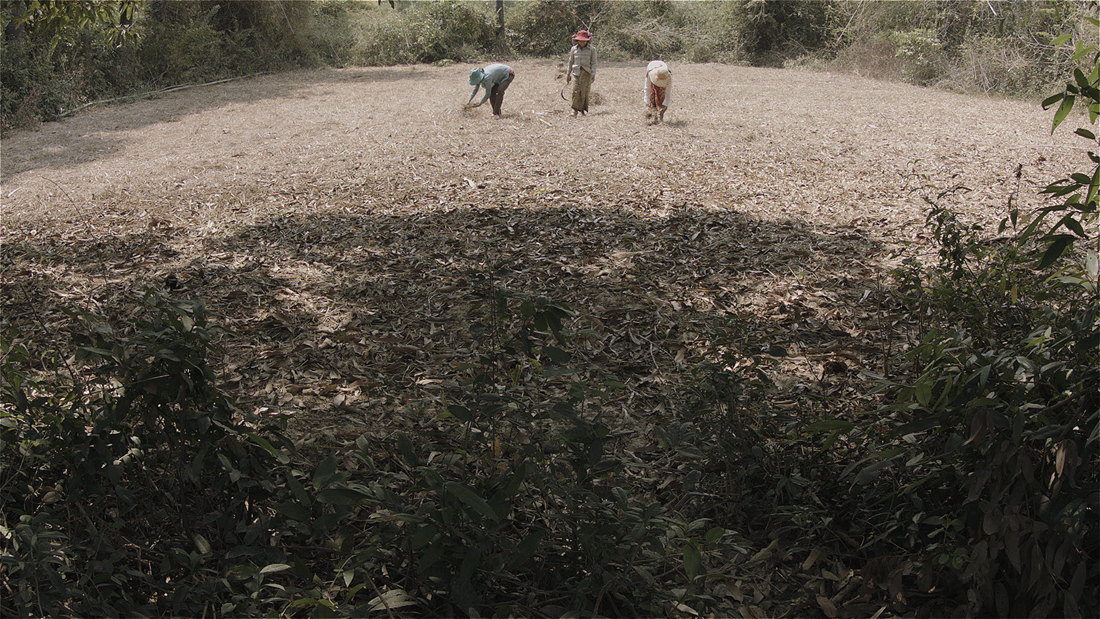(Some context: this was the work I did for Astrid’s VC4 class where we are to create a dictionary for our potential FYP topics)
Trichotillomania is a pretty small topic but hair, woah, hair is a huge huge topic.
Love it, hate it or fear it, hair has been so prevalent in human cultures over at our span of time on earth that it is intertwined in so much of the human condition. So much complexities and ironies lie amongst a pile of dead cells growing from your scalp. It is never “oh, it is just hair”.
I separated my dictionary into two parts. The first a preface of sorts. Why do I want to do this project, why hair? It was more on a cathartic self- expression and exploration piece and while doing it, I realised how much hair had played in my struggle for approval, an identity, and self love growing up. I imagined that this preface as a documentation of me treating myself as a word, what defines me, what are my origins, what do other people define me etc.
I’ve chosen this part to be illustrated as I wanted it to be 100% me and with illustration something that I am most comfortable with, it just felt natural expressing myself through this medium.
The second part of the dictionary is a tad more straightforward, I’ve collected main words and from those main words and its definitions, I categorised events, knowledge, cultures , etc etc into those parts. At the end of the book there are a list of artists that inspire me and how they treated the medium of hair or deal with issues of anxiety, identity and trauma.
As much as the first part is 100% me, this component is 100% not me, in the sense that it contains themes, ideas and culture that are not mine. While the book is clean for now, I’ve included lots of white spaces to eventually turn this book into something JJ Abrams did for his book titled S.
The additional notations, highlighting scrapbooking done in a single book all by different personas and minds is just beautiful to me. It reminds me of the past where we could write and notate on books we own. I find the process slowing allowing more of my personality and thoughts into the book, slowly digesting these information into something that could amplify my own.
I am super excited to do so to my dictionary once I get more and more information about my topic during my FYP process.
For the fun of it, to probably just start off FYP where this project ends, I’ve also included a hair-o-graphics which documents (roughly) the hairstyles that I’ve had over the years and why they are done so. It compliments the first part of the dictionary and I guess it helps in explaining Trich to most people.
Overall, this dictionary experience is as cathartic as it is rough to make, over 80 pages in and I still feel that there are still a lot that I have not discovered and read about yet. Even so, it made me understand why people treat hair with almost god like importance or why they choose to remove it completely. Our human obsession with those dead cells is never only just hair but rather it as a common medium to express the multiple facets and complexities of our emotions.
In the end, it is only just hair right?














